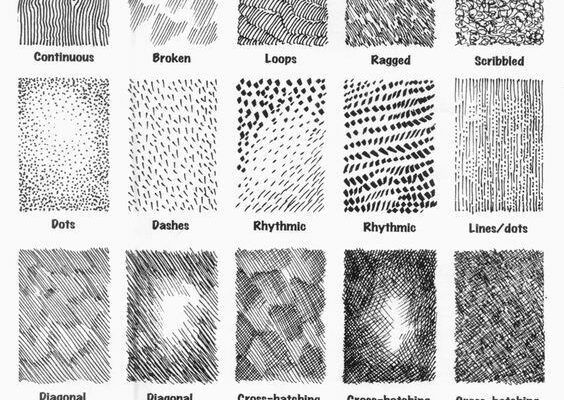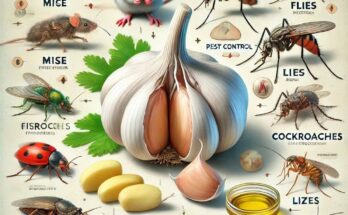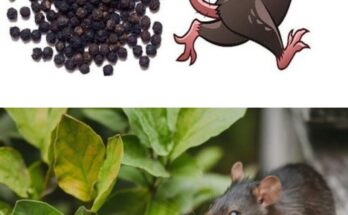Mastering Line and Linear Drawing: A Comprehensive Technique Guide
Dive into the art of line and linear drawing with this detailed guide, featuring an extensive collection of techniques illustrated through captivating sketches. Perfect for artists, illustrators, and creative enthusiasts, this tutorial explores a wide range of line styles and patterns, from continuous flows to intricate cross-hatchings. Whether you’re sketching for practice, enhancing your portfolio, or exploring new artistic expressions, these methods will help you build texture, depth, and character in your work.

Exploring Diverse Line Styles
The guide begins with an array of foundational line techniques, each offering unique visual effects:
- Continuous: Smooth, unbroken lines create a flowing, organic texture, ideal for mimicking wood grain or gentle curves.
- Broken: Short, interrupted lines add a sense of irregularity, perfect for suggesting rough surfaces or fragmented forms.
- Loops: Curved, looping lines introduce a rhythmic, wave-like pattern, great for dynamic compositions or soft transitions.
- Ragged: Uneven, jagged lines evoke a raw, natural feel, suitable for depicting rugged terrain or distressed materials.
- Scribbled: Chaotic, overlapping scribbles provide a textured, energetic look, excellent for shading or abstract designs.
Dot and Dash Variations
The next section focuses on pointillist and dashed techniques:
- Dots: Small, scattered dots build subtle gradients, ideal for soft shading or creating a stippled effect.
- Dashes: Short, disconnected dashes offer a staccato rhythm, useful for outlining or adding texture with controlled breaks.
- Rhythmic: Flowing, repeated strokes create a musical cadence, enhancing the movement within your drawing.
- Rhythmic (Alternate): A variation with tighter, overlapping lines, adding depth to rhythmic patterns.
- Lines/Dots: A hybrid technique combining lines and dots, perfect for mixed textures or detailed backgrounds.
Diagonal and Cross-Hatching Techniques
The guide then delves into angled and layered methods:
- Diagonal: Slanted lines provide a sense of direction and movement, great for architectural sketches or dynamic forms.
- Diagonal (Alternate): A denser diagonal pattern, enhancing contrast and texture.
- Cross-Hatching: Overlapping sets of lines at different angles create rich shading, ideal for depth and volume.
- Cross-Hatching (Rhythmic): A rhythmic twist on cross-hatching, adding a flowing quality to shadowed areas.
- Cross-Hatching (Cross-Dots): Combines cross-hatching with dotted accents, offering a complex, textured effect.
Curved and Directional Patterns
The final section explores curved and directional styles:
- Broad Arcs: Wide, sweeping curves suggest bold, organic shapes, perfect for landscapes or flowing forms.
- Directional: Parallel lines with a consistent direction, ideal for emphasizing structure or guiding the viewer’s eye.
- Sharp: Precise, pointed lines add a crisp, defined edge, suitable for detailed technical drawings.
- Interlocking: Overlapping lines that interweave, creating a woven texture for intricate designs.
- Ripples: Small, repetitive waves mimic water or soft undulations, adding a delicate, natural touch.
Practical Tips for Artists
This guide encourages experimentation with these techniques to develop your unique style. Start with simple patterns like continuous or diagonal lines, then layer with cross-hatching or dots to build complexity. Vary the pressure, spacing, and direction to control texture and depth, adapting each method to suit your subject—be it a portrait, still life, or abstract piece.
Posted on July 03, 2025, at 02:40 PM EDT, this tutorial invites you to grab your sketchbook and pencil to explore these line and linear drawing techniques. Practice each style to discover how they transform your artwork, offering endless possibilities for creativity and expression!



